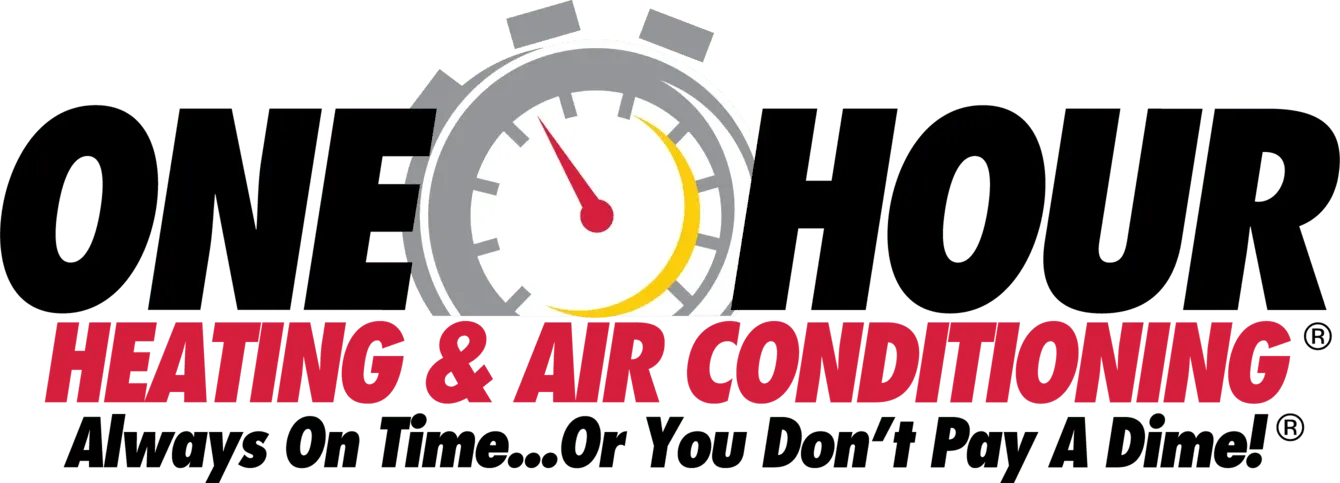How to Know It’s Time for a New AC Unit in Manalapan’s Humid Summers
New Jersey summers don’t hold back, and Manalapan’s mix of heat and humidity pushes air conditioners to their limit. If you’ve noticed your system struggling to keep things cool or your energy bills climbing faster than usual, your AC might be trying to tell you something. It’s not just about comfort, it’s about knowing when it’s time to stop repairing and start fresh. At One Hour Heating & Air Conditioning® in Manalapan, we help homeowners spot the early signs that an air conditioner replacement might be smarter than one more fix.
Cooling Cycles That Run Too Long or Stop Too Soon
You might not track every time your AC kicks on, but once something shifts, you notice it. Maybe it used to cycle for 10 minutes, and now it hums for 30. Or maybe it starts and stops every few minutes, never giving you a break from the noise. Both of those changes typically indicate wear within the system. A unit that runs too long might be fighting hard to cool air that never reaches the set temperature. That could mean your refrigerant levels are low or that the motor is malfunctioning due to age. On the other hand, short cycling could mean the compressor is overheating or that a control board has started to fail. Either way, those aren’t quick tweaks. If you’ve already changed the filter, cleaned the vents, and nothing improves, those long or short cycles could be a sign that the unit doesn’t have much time left.
Humidity Hanging Around No Matter What You Do
A good air conditioner doesn’t just lower the temperature. It also pulls moisture from the air and helps you feel dry and comfortable. If you’re noticing sticky skin, musty smells, or dampness on the walls even when the AC is running, something isn’t working right. That could mean the evaporator coil isn’t doing its job or that the system isn’t staying on long enough to pull moisture from the air. Sometimes the unit itself is too big and cools the air quickly without ever dehumidifying properly. You might find yourself buying a dehumidifier just to keep the room livable. At a certain point, that’s no longer about maintenance. It becomes a sign that your system wasn’t right to begin with, or no longer works the way it once did. If you’ve already ruled out clogged filters or blocked vents, it might be time to consider whether your system can still handle the job.
Your Energy Bill Tells a Different Story Than the Thermostat
It’s easy to notice when your bill jumps, but harder to pinpoint why. Maybe you’re still setting the thermostat at 74 like always, but the bill looks more like you’re keeping it at 64. That mismatch can happen when your air conditioner is aging and needs more electricity to do the same work. Motors wear down, coils lose efficiency, and parts stop working together as smoothly as they did in the first few years. The system might take twice as long to cool your home, and that time adds up fast on your monthly statement. If your usage habits haven’t changed but your bills keep climbing, the equipment itself might be lagging behind. You can spot this pattern more easily by comparing a few months side by side or by checking usage graphs from your utility company. When the only thing that’s changed is your AC’s performance, that bill becomes the evidence you didn’t want but can’t ignore.
Warm Air Slipping in Even When the System Runs
There’s a difference between a slow cooldown and warm air pushing through the vents. You might walk past a register and feel air that’s not quite room temperature but definitely not cool. That tells you the system is trying, but something’s missing. Maybe the refrigerant is leaking or the compressor is struggling to pressurize the system. Either way, that warm airflow shouldn’t happen with a functioning unit. Sometimes the indoor and outdoor units fall out of sync, especially if one has been replaced without the other. You might hear the hum outside, but nothing inside feels right. If the thermostat still clicks on and the blower still runs, it’s easy to think everything’s fine. But when the air doesn’t feel cold, the system can’t really do its job. That mismatch shows up first in the air and then in your comfort.
Repair Visits Stack Up Without Long-Term Fixes
One repair can happen to anyone. A second might be a coincidence. But if you’ve called for help three times in one summer, your system’s trying to tell you something. Old air conditioners start to show wear in clusters. One part gives out, then the extra strain breaks another. It can feel like you’re always one week away from the next issue. That cycle is frustrating and expensive. You may even start hesitating to call because you know it won’t be the last time. If each repair solves one problem but creates another, you’re patching something that’s no longer reliable. That kind of wear and tear doesn’t reverse itself. Once the repairs start stacking up faster than you expect, you’ll save more by replacing the system than you will by trying to squeeze another season out of it.
Noisy Operation That Gets Worse Over Time
You might remember when your AC used to hum softly in the background. If it’s now making clanks, rattles, or groans, that shift isn’t just annoying. Those sounds come from parts that are grinding, shaking loose, or working harder than they should. A screech might mean a belt is wearing thin. A banging sound could come from the blower wheel getting out of balance. If your neighbors can hear it across the yard, your unit isn’t aging quietly. Sometimes the noise gets worse on hotter days or when the system first kicks on. That kind of pattern usually signals internal wear. You can ask a technician to tighten or replace specific parts, but there’s a point where those sounds become warnings, not quirks. You don’t want to ignore something that sounds off just because the air still feels cool. Noise is often the first way an AC tells you it’s not built for the seasons ahead.
System Was Installed More Than a Decade Ago
Age doesn’t mean automatic failure, but it does raise the odds that something will go wrong. Older systems use older refrigerants, and many of those have been phased out. That makes refills harder to find and more expensive. Newer models also work more efficiently with today’s smart thermostats and better insulation materials. You might not notice the gap year to year, but when you compare a modern setup to one from 12 or 15 years ago, the difference is clear. You don’t have to wait for it to stop working completely. If you’ve kept it running past the usual lifespan, you’ve already gotten your money’s worth. Upgrading becomes less about fixing a problem and more about making a smart choice before something breaks.
Check Out Your Aging AC Unit Today
Aging AC units don’t always fail outright. Sometimes, they just fade into inefficiency, leaving you with lukewarm air, rising costs, and a growing list of frustrations. Catching the warning signs early gives you time to plan a smarter upgrade that fits your space and budget. We also offer heating system repairs, thermostat upgrades, and seasonal maintenance services. When you’re ready to talk options or need a second opinion, One Hour Heating & Air Conditioning® in Manalapan is here to help you cool down the right way.















